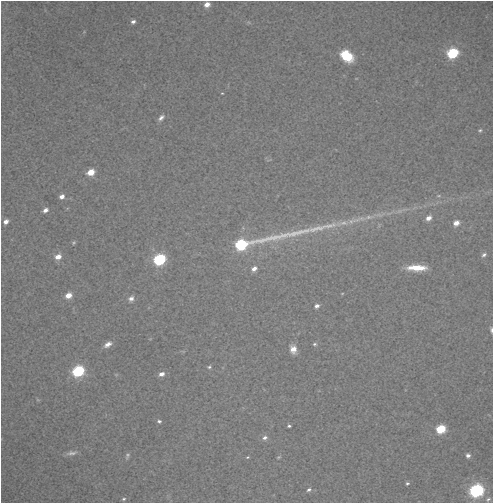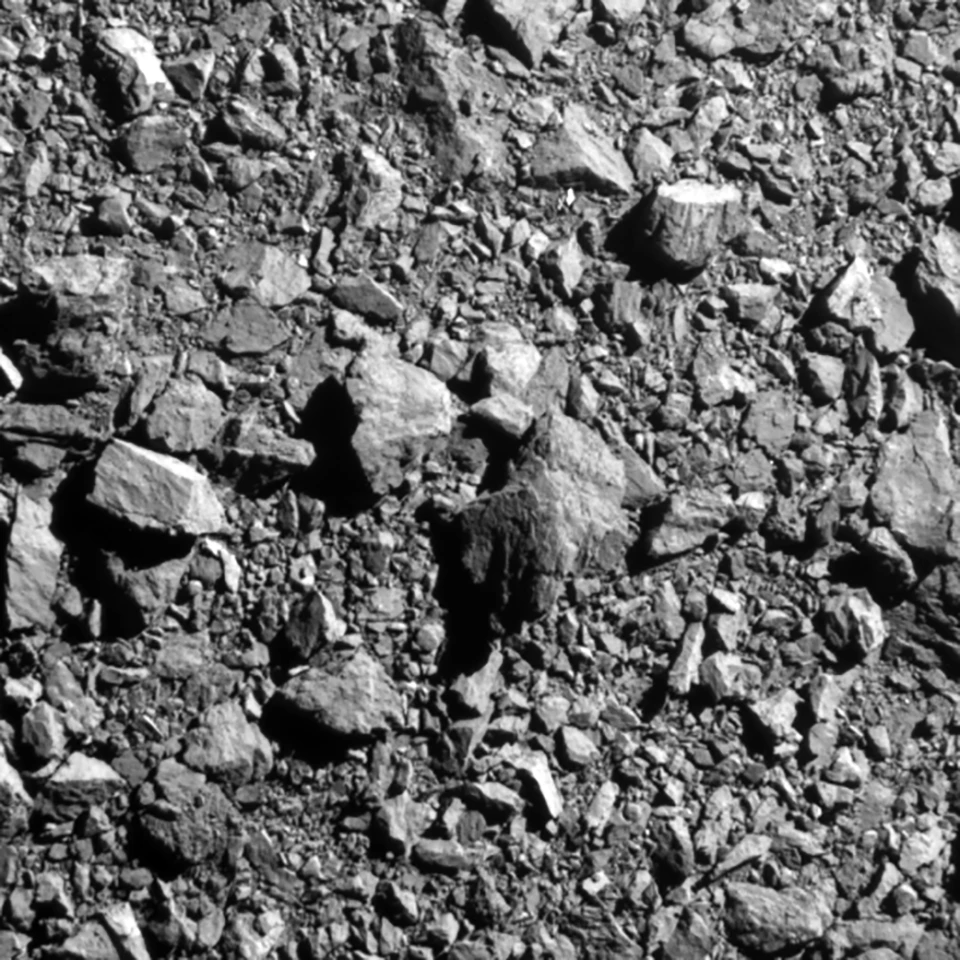The collision between NASA’s DART spacecraft and the asteroid moonlet Dimorphos was always going to be a spectacle. By analyzing data from telescopes and tiny satellites lurking nearby, scientists are now piecing together some fascinating new details around the event, including the estimation that six rail cars worth of rock and debris were jettisoned into space.
NASA’s DART (Double Asteroid Redirection Test) mission is an exploration of how we might defend against an oncoming asteroid through the use of force. The spacecraft deployed to test this idea was launched last November and then slammed into Dimorphos in September while traveling at 14,000 mph (22,500 km/h).
With telescopes all over the world trained on Dimorphos, within a few weeks mission scientists had enough information to deem the effort a success. They calculated that the impact had altered the course of the asteroid and shortened its orbit round its parent asteroid Didymos by 33 minutes, while subsequent observations started to reveal the tails of debris trailing the comet and stretching more than 10,000 km (6,000 miles) across the sky.

Ongoing observation of this debris dislodged by the impact and flung into space, called the “ejecta,” has now turned up some useful new insights. Close study of this ejecta in the months following the asteroid strike has led the team to conclude that DART displaced more than two million pounds (almost one million kg) of dust and rock, enough to fill six or seven rail cars.
These findings feed into the overall picture scientists are trying to build around the amount of momentum transferred by the impact. According to their new calculations, the momentum transferred was around 3.6 times greater than if the asteroid had cleanly absorbed the spacecraft and produced no ejecta at all. This suggests the rock and debris kicked up by the collision had more of a role in shifting Dimorphos than the spacecraft itself.

By understanding the amount of momentum transferred, scientists will be better equipped to plan future asteroid collision missions, should we need to actually deflect one away to save Earth one day. The knowledge could influence the design of impactor spacecraft, or help time the collision to ensure the asteroid is bounced far enough off course.
“Momentum transfer is one of the most important things we can measure, because it is information we would need to develop an impactor mission to divert a threatening asteroid,” said Andy Cheng, DART investigation team lead from Johns Hopkins APL. “Understanding how a spacecraft impact will change an asteroid’s momentum is key to designing a mitigation strategy for a planetary defense scenario."
Source: NASA





